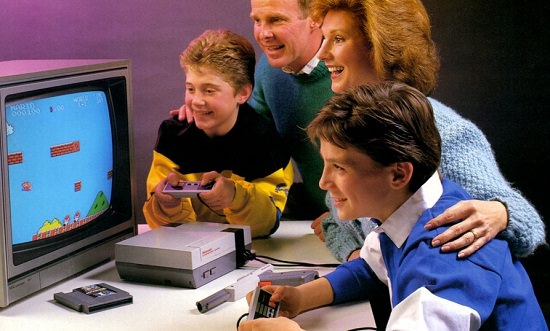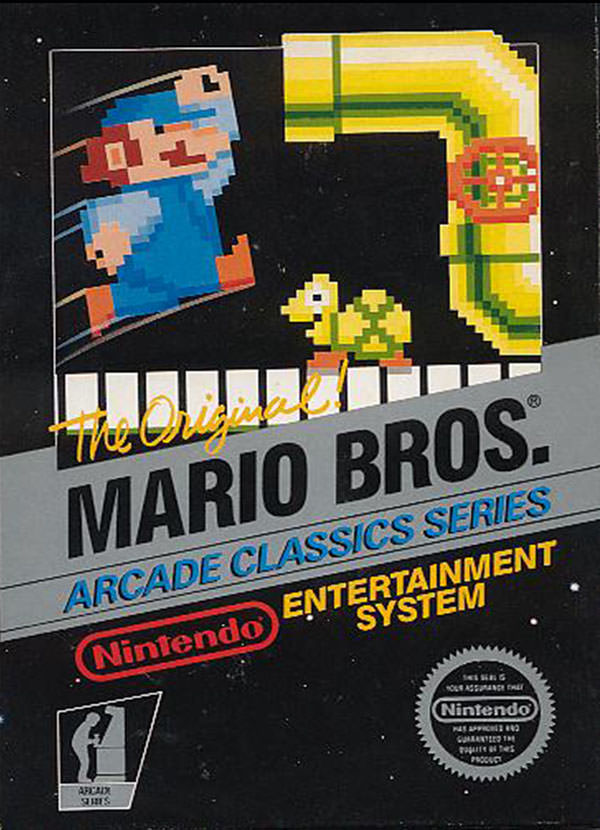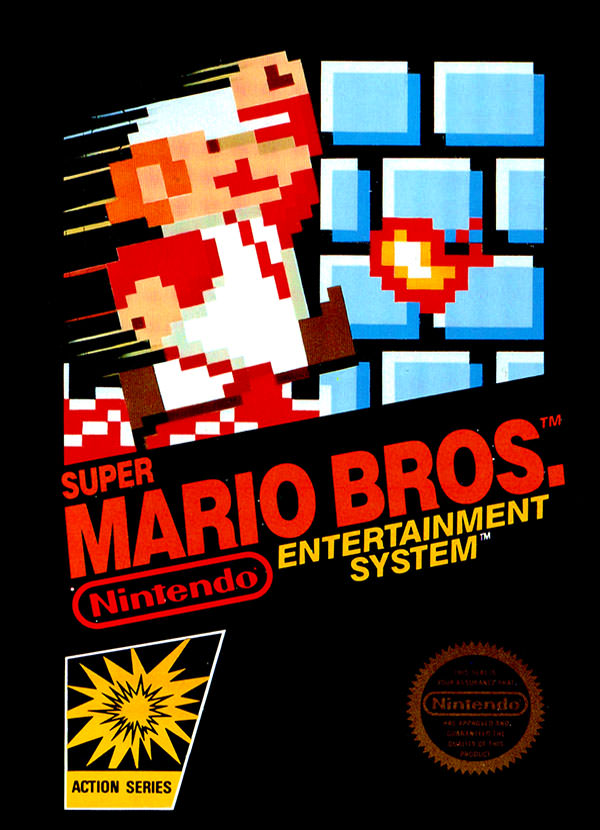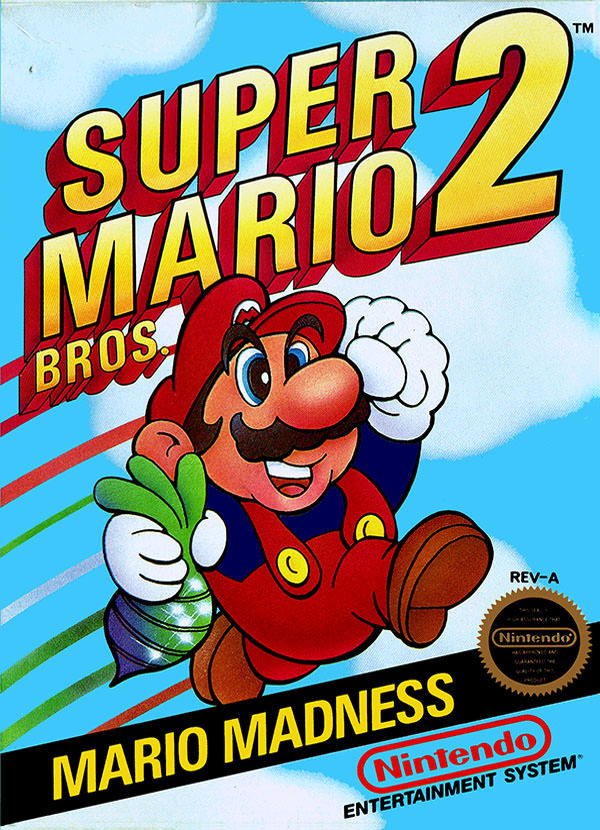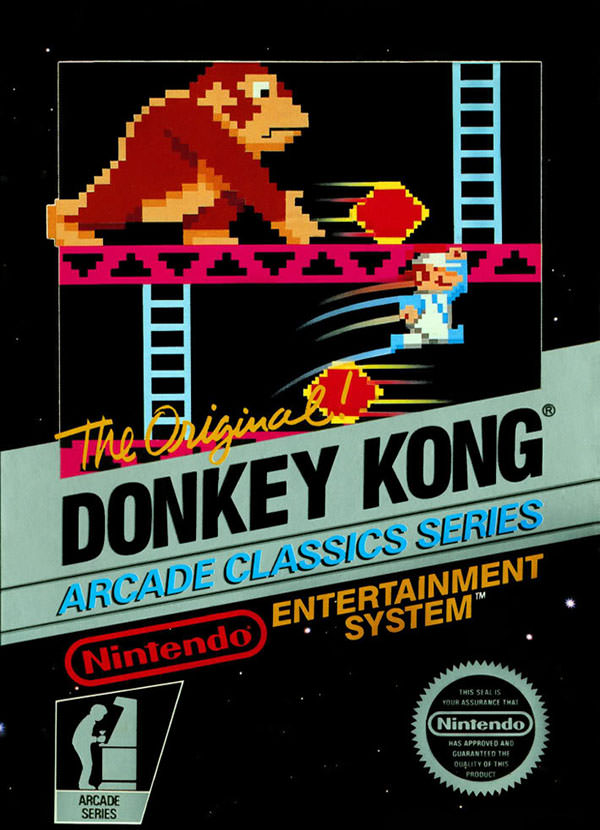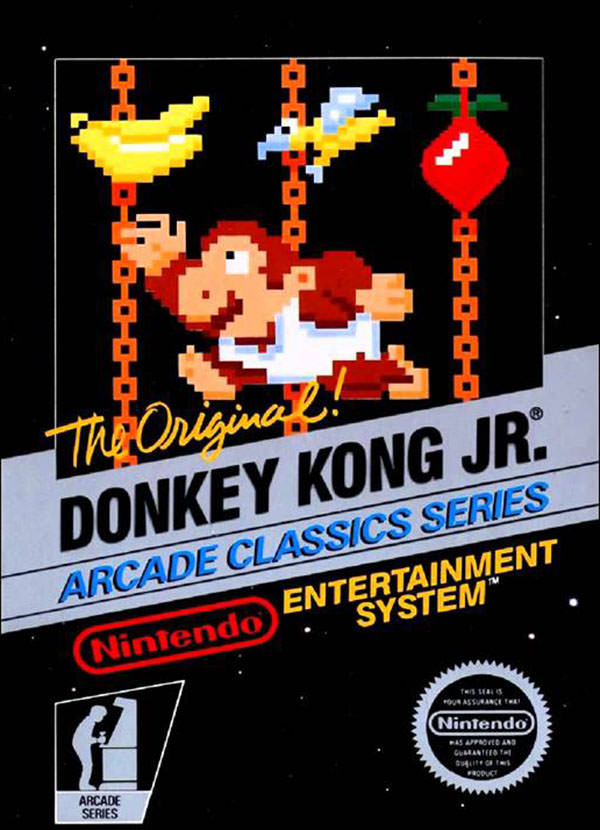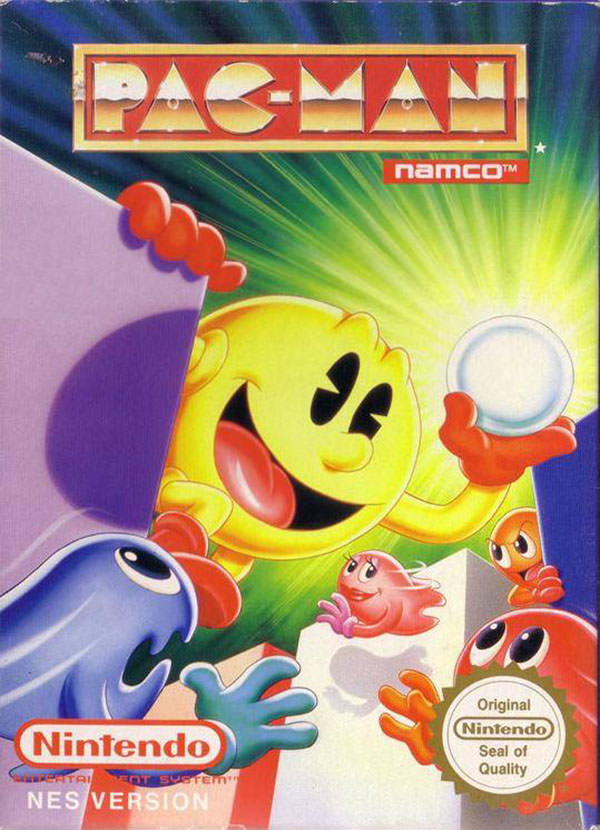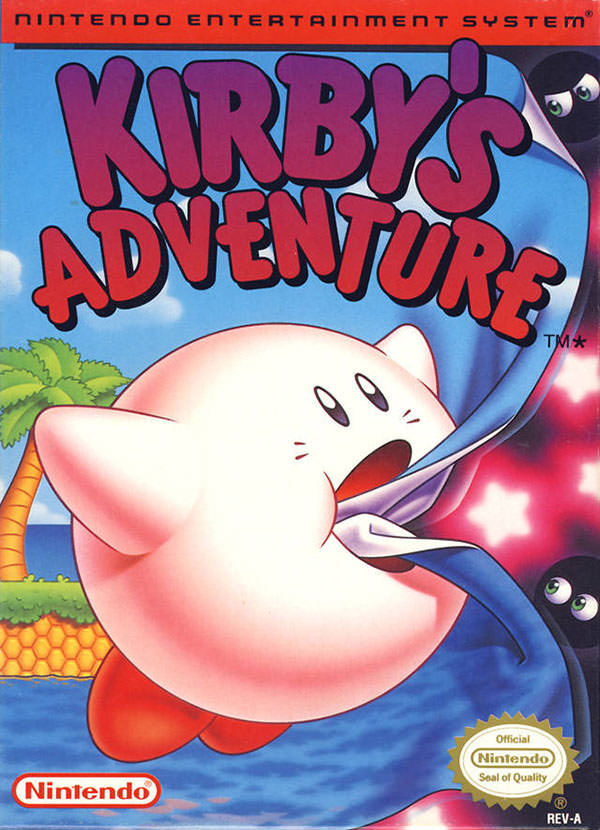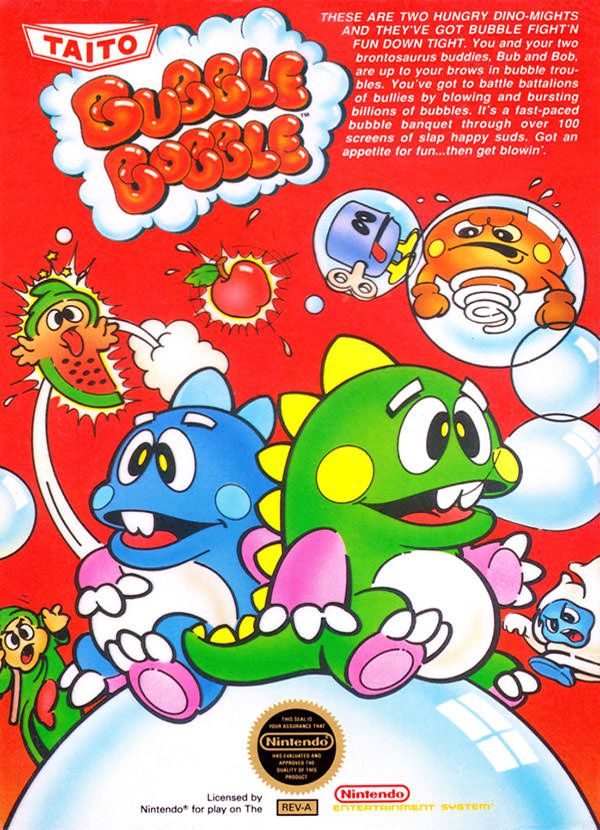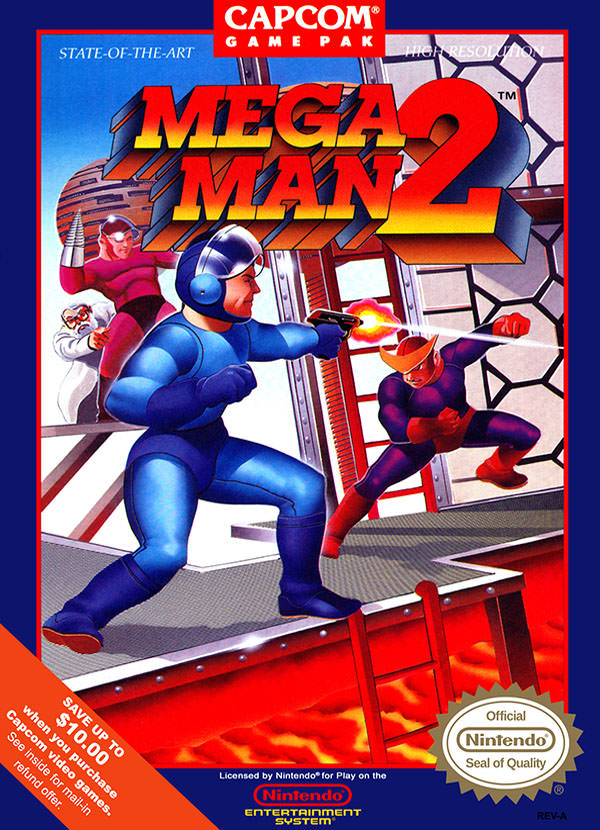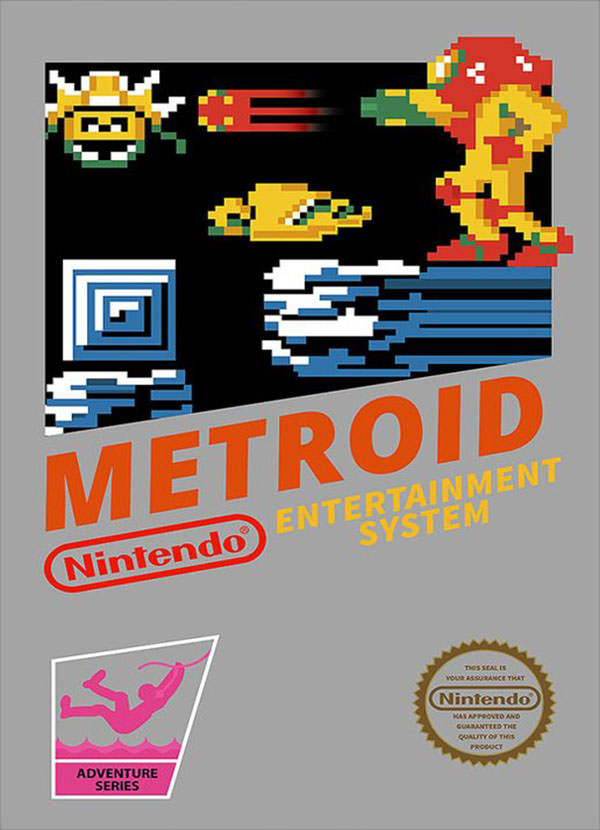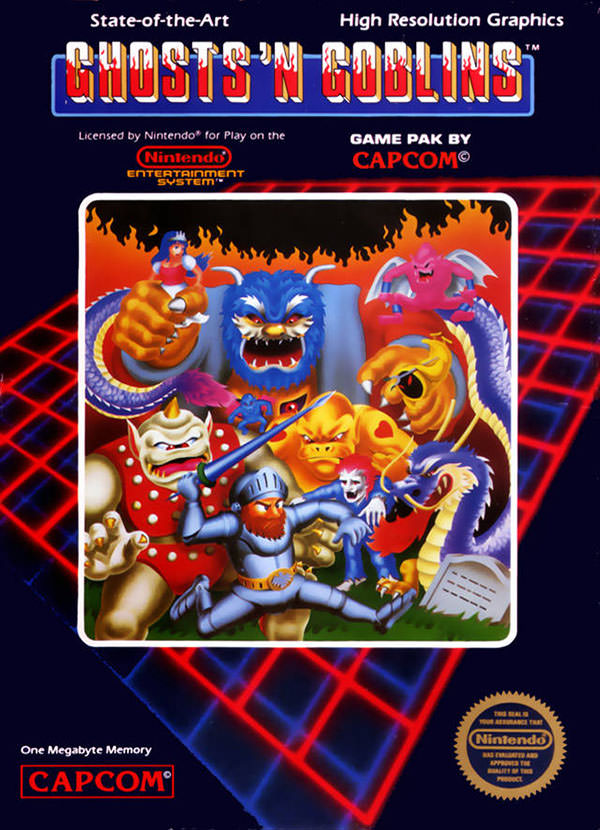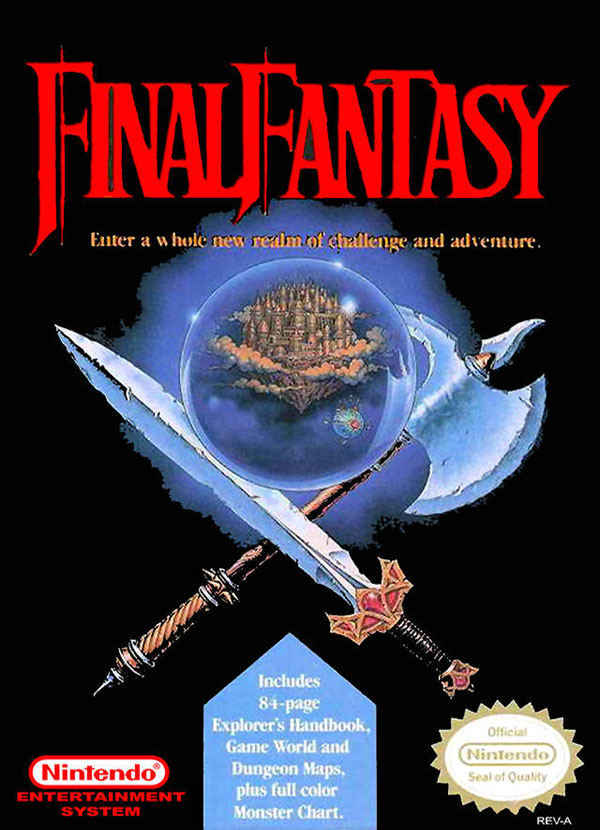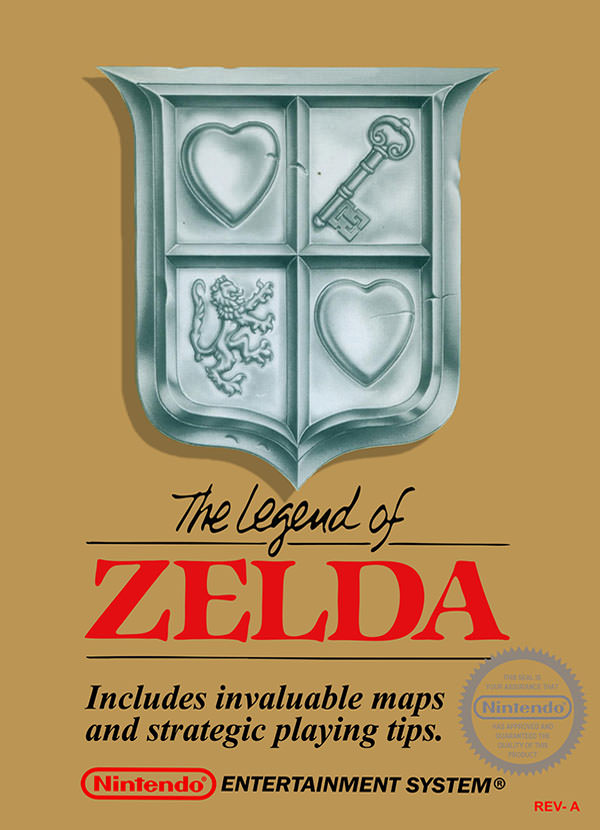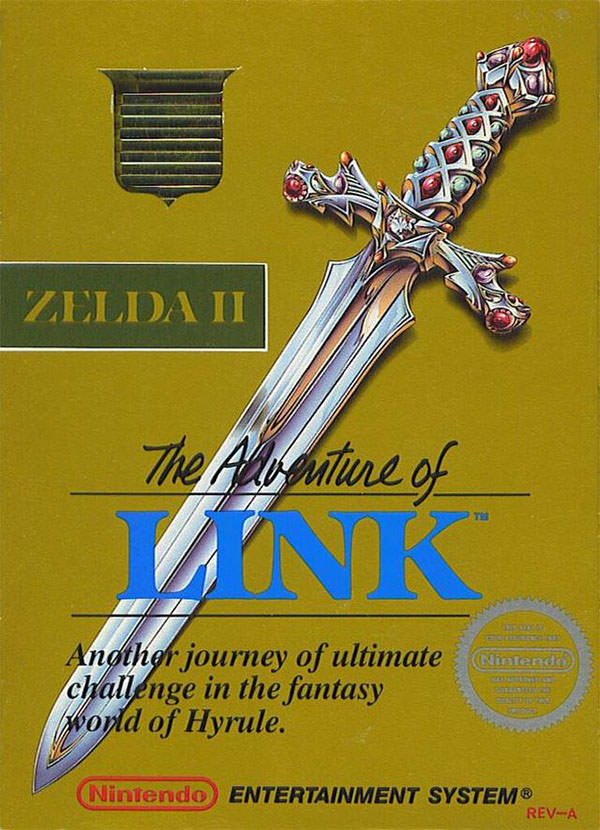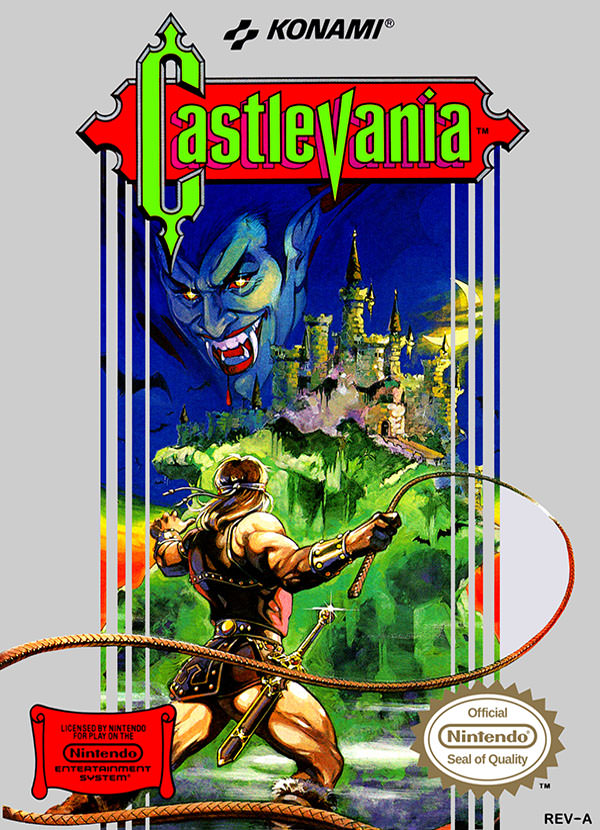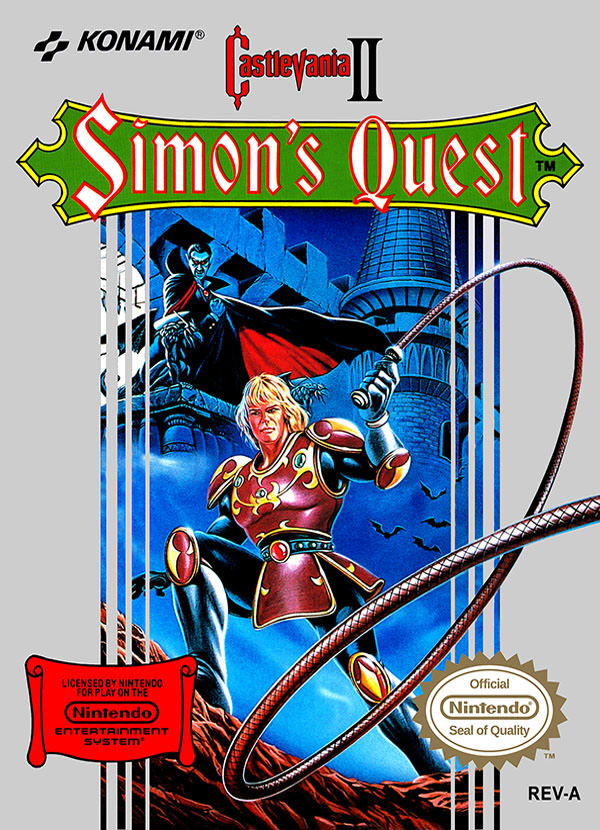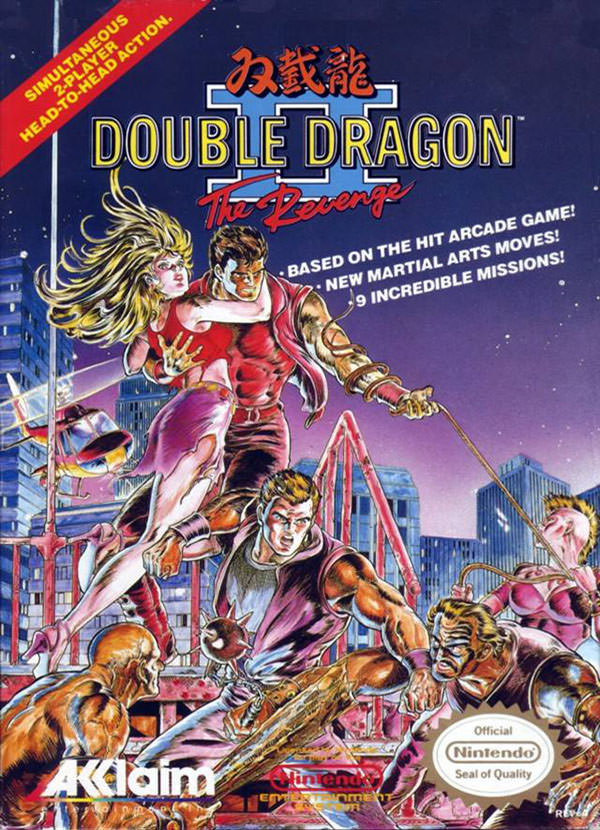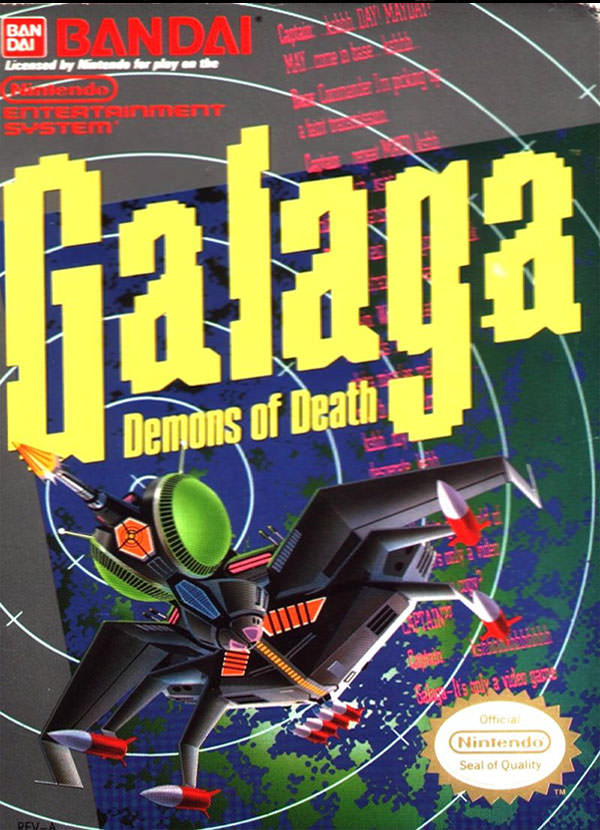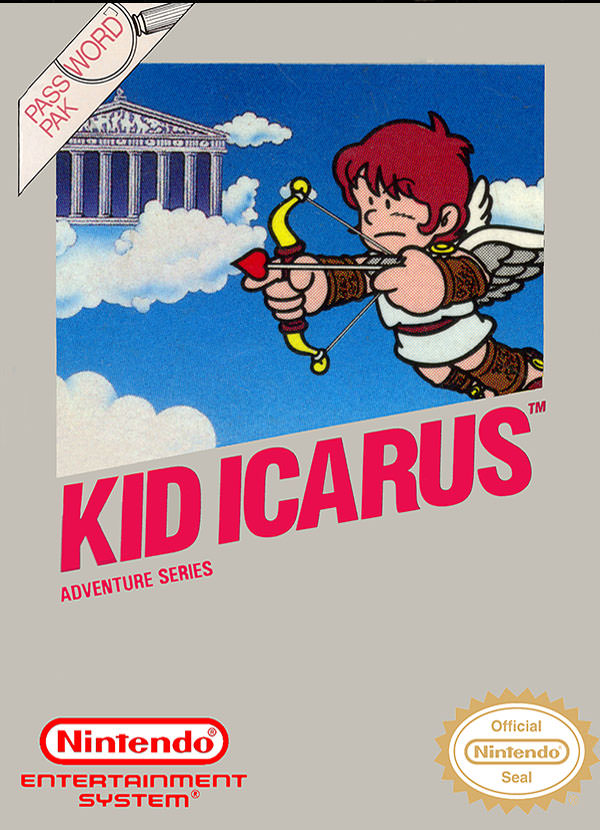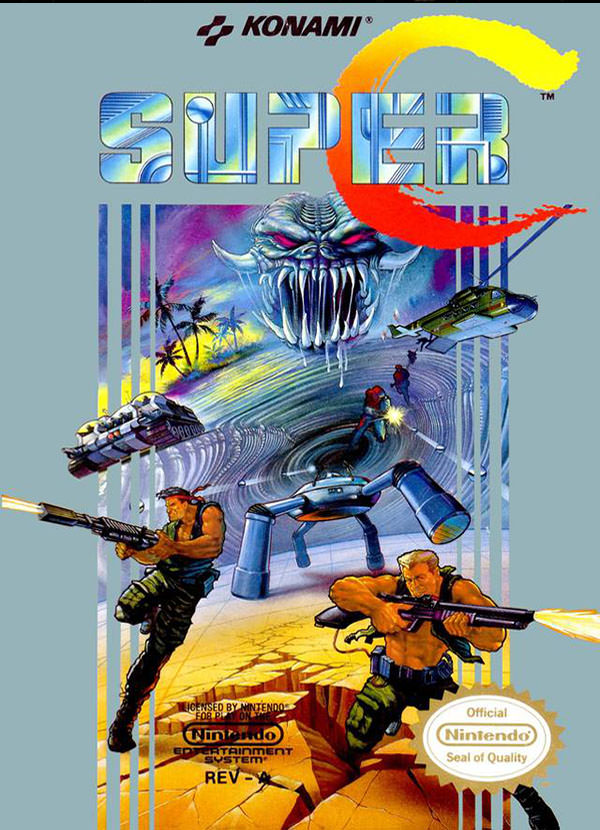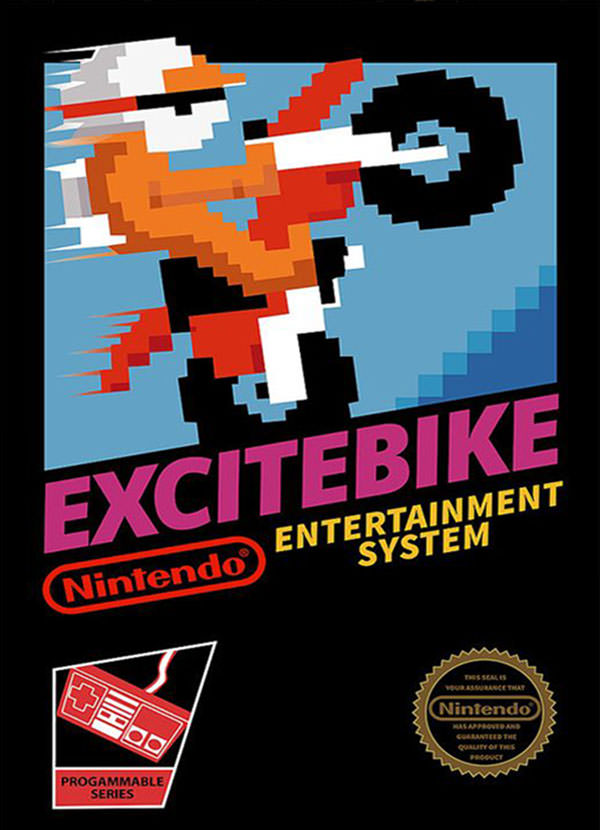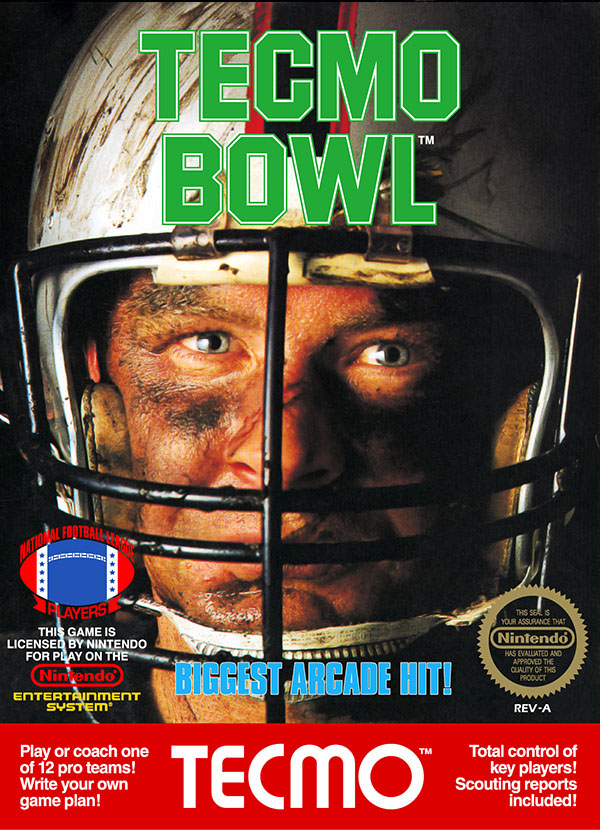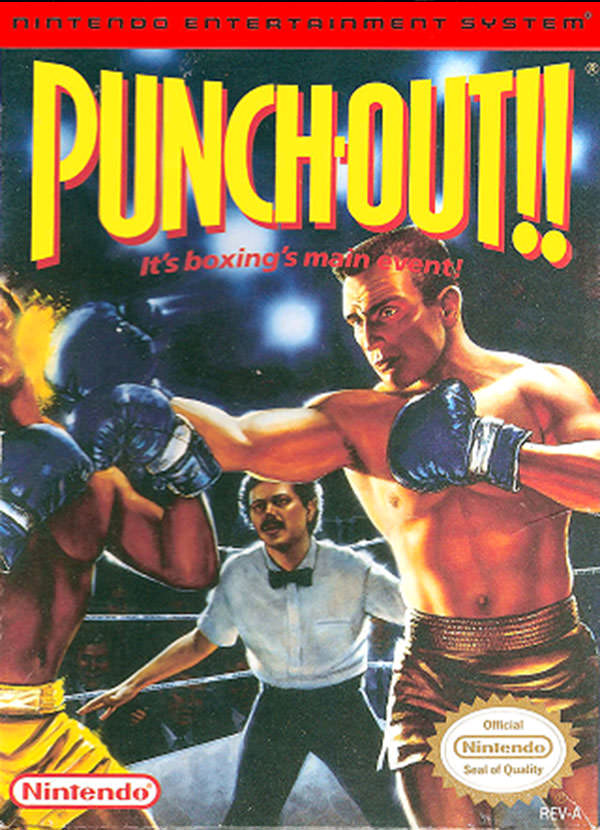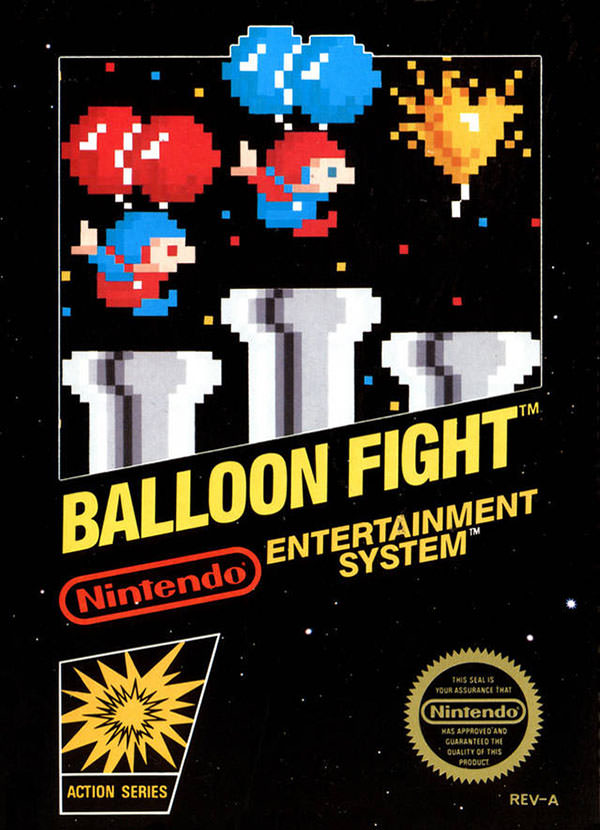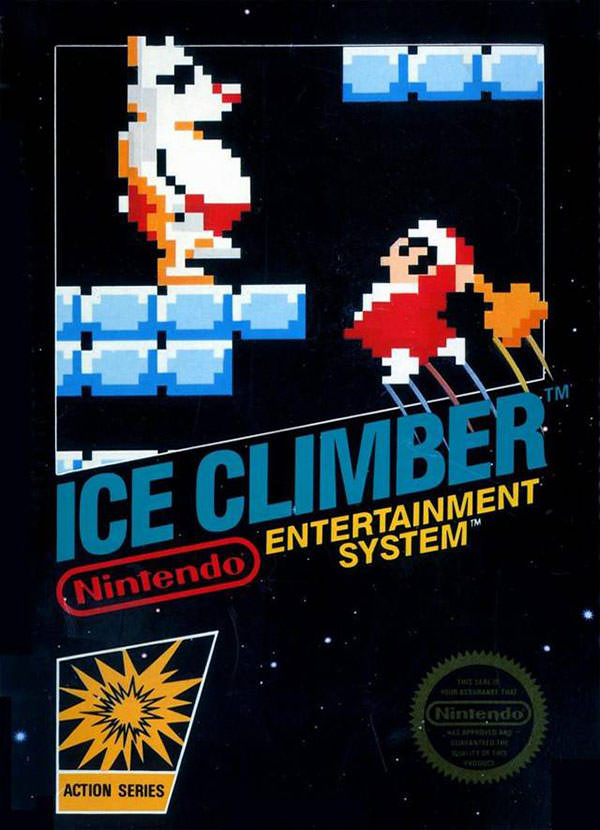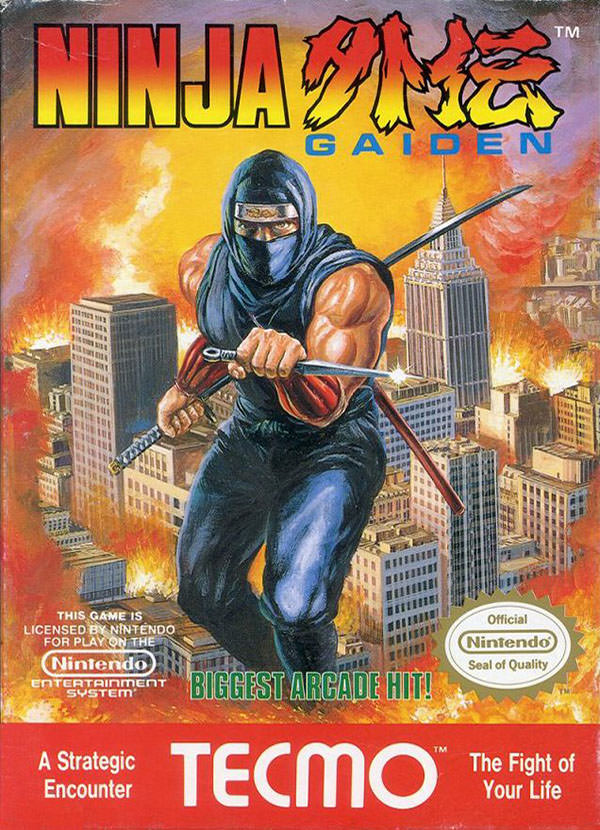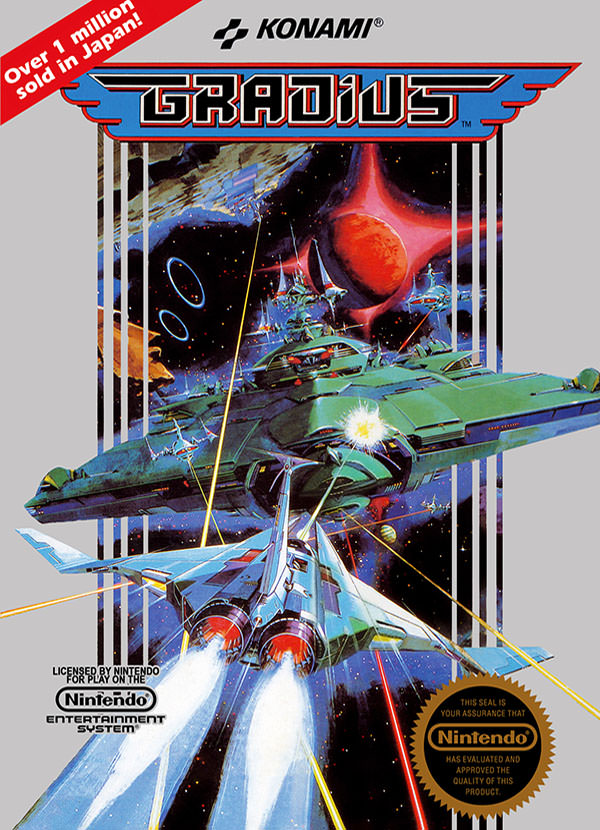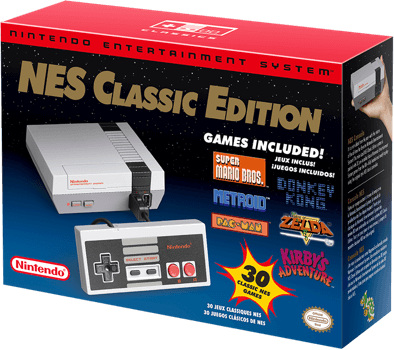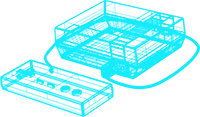 Loading 3D
Loading 3D
 Loading 3D
Loading 3D
The original NES (Nintendo Entertainment System) was released in 1985 and changed the home console game forever. By 1990 30% of American households owned the NES. To understand how this worldwide phenomenon originated, we must travel further back in time, to 1983. That year, the video game industry crashed in North America. Remember the infamous E.T. video game by Atari? Well, its epic failure was one of many reasons behind the crash. The collapse of Atari, who had dominated the video game market for years, left an uncertain future for the home console industry.
Nintendo, who was experiencing great success with its Donkey Kong and Mario Bros arcade machines in the early eighties, saw an opportunity to jump into the home console market and launched the Famicom (short for Family Computer) in Japan in 1983, inaugurating the third generation of video game consoles. The Famicom was Nintendo's first home console, but not Nintendo’s first product. Believe it or not, by 1983 Nintendo had been around almost a hundred years!
Nintendo Co. was founded in 1889, in Kyoto, Japan, as a gaming card company and didn’t develop into a video game company until the 1970s.
In 1985, two years after the original release in Japan, the Famicom was launched in North America with a new name (Nintendo Entertainment System) and a shell that looked less childish than the original one. By 1990 the NES had outsold all previously released consoles. Some legendary franchises like Super Mario Bros, The Legend of Zelda or Final Fantasy had their debut on the NES, contributing to its massive success.
1. the console isn't on 2. Super Mario isn't co-op 3. the game is on the table 4. mom is staring off into regret joeyellis
Today, the NES is considered one of the greatest video game consoles of all time. And now it's making a glorious comeback to your living room with some enhancements that make it even better.
If you played 8-bit consoles back in the day, you know that they didn’t allow you to save your progress. So if you wanted to beat a game, you literally had to do it without shutting down the system. This became a problem as games got longer and more challenging. To solve this, some developers started manufacturing games with a battery-backed RAM in the cartridge itself, which allowed players to save their progress. The first title with this feature was Nintendo Entertainment System’s “The Legend of Zelda”. But you won’t have to worry about that with the new NES Classic Mini as each game has four “suspend point” slots that allow you to save your progress.
Another improvement is a display mode called "pixel perfect" that, for the first time, will let you play the games as they were originally designed. But don't worry if you're not into sharp pixels yourself. There is an old school display model called "CRT filter" that will make you think you're using your 80s TV set.
Note how the packaging of early NES games displayed realistic representations of the actual onscreen graphics. Nintendo followed this strategy to restore the confidence of skeptical North American consumers after the video game crash of 1983. Once the confidence was restored a year later, they started using bombastic artwork, which originated some of the most memorable video game covers of all time.
The original NES retail price was $99.99 (that's like $220 today) and it came with only one game. Get this one for only $59.99 with 30 games!
Buy on amazon.comThe new Nintendo Classic Mini comes with the iconic NES controller, but one third of the built-in games allow two simultaneous players, so we'd recommend getting an additional full-sized controller for $9.99. As you can see on the 3D model, the console features an HDMI display output that you can use to connect the system to any modern screen.
This site is just a product review. We have no relationship whatsoever with Nintendo. We do not sell the Nintendo Classic Edition or any other products. All the brands mentioned on this website are property of Nintendo. Games are property of their respective owners. If you want to reach out to us, please send an email to hi@carlossanchez.me.
Cookies Policy
